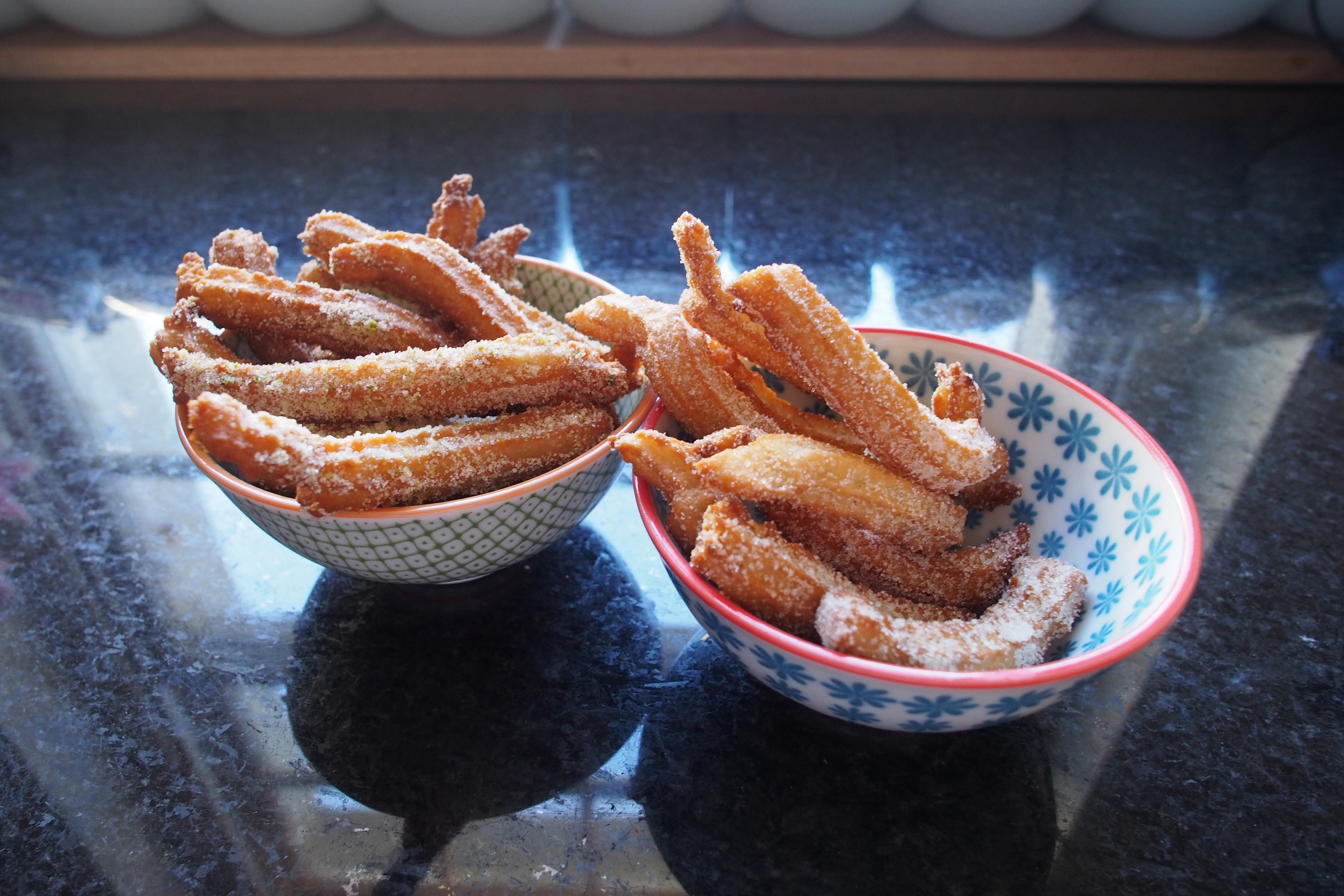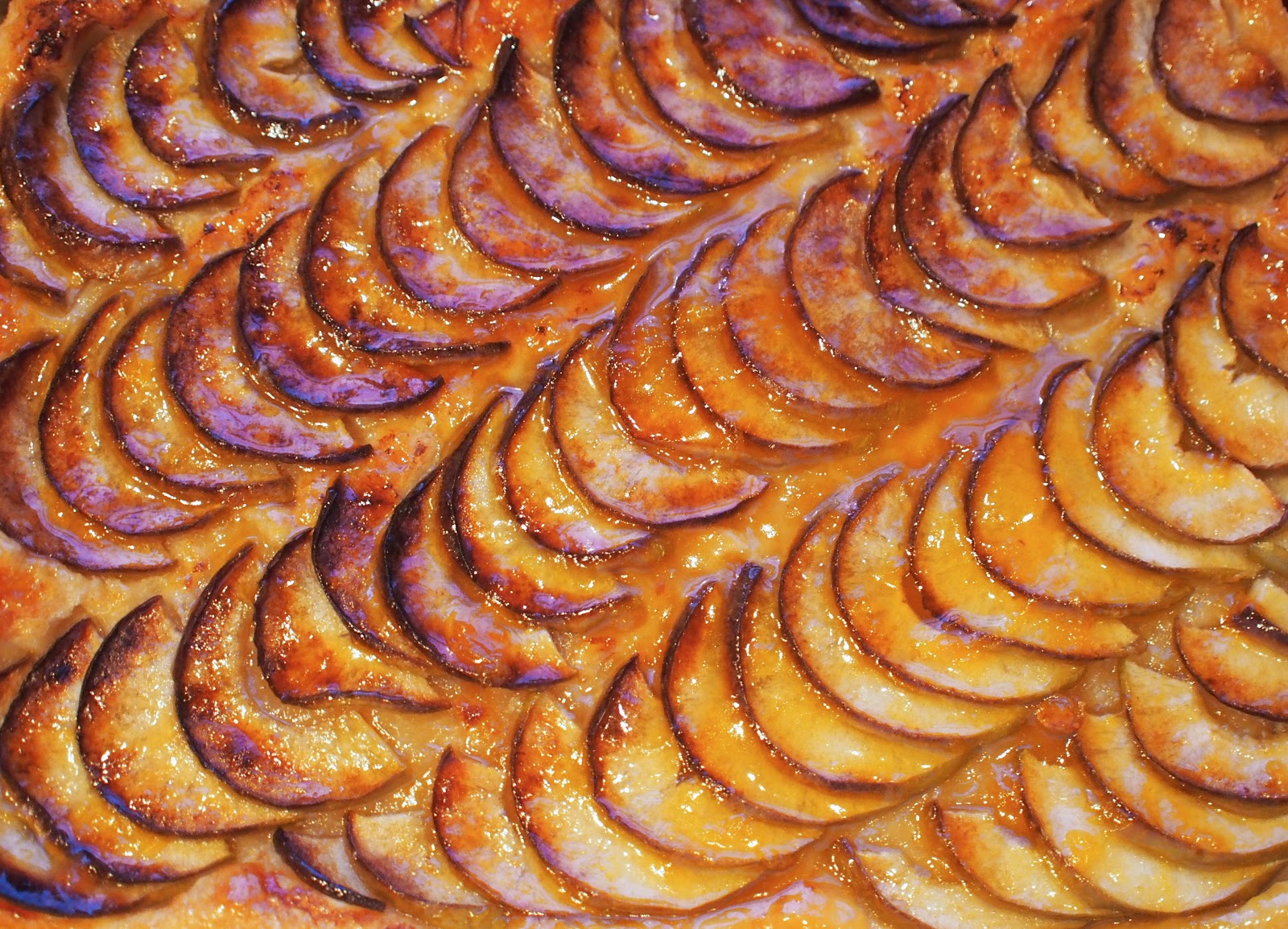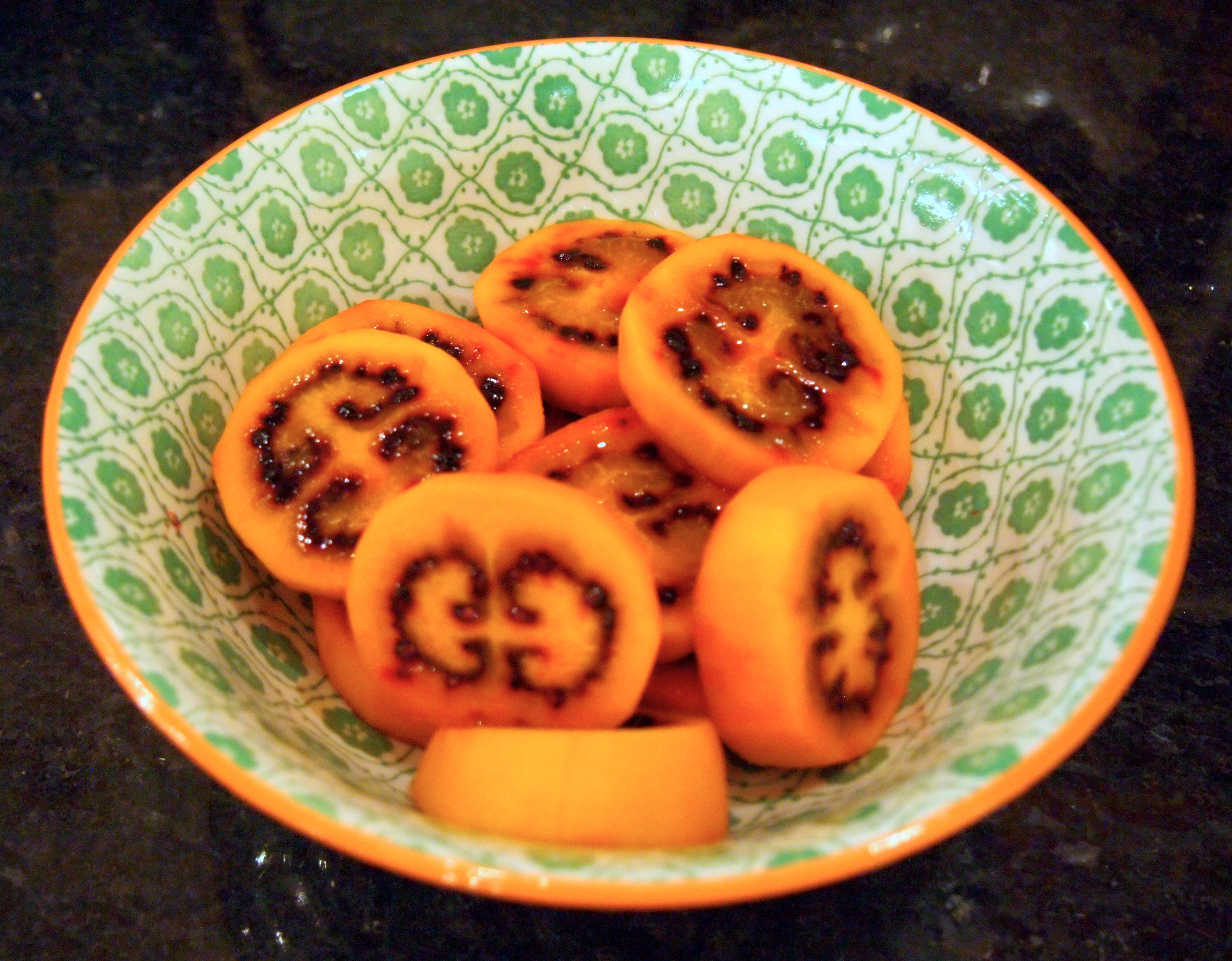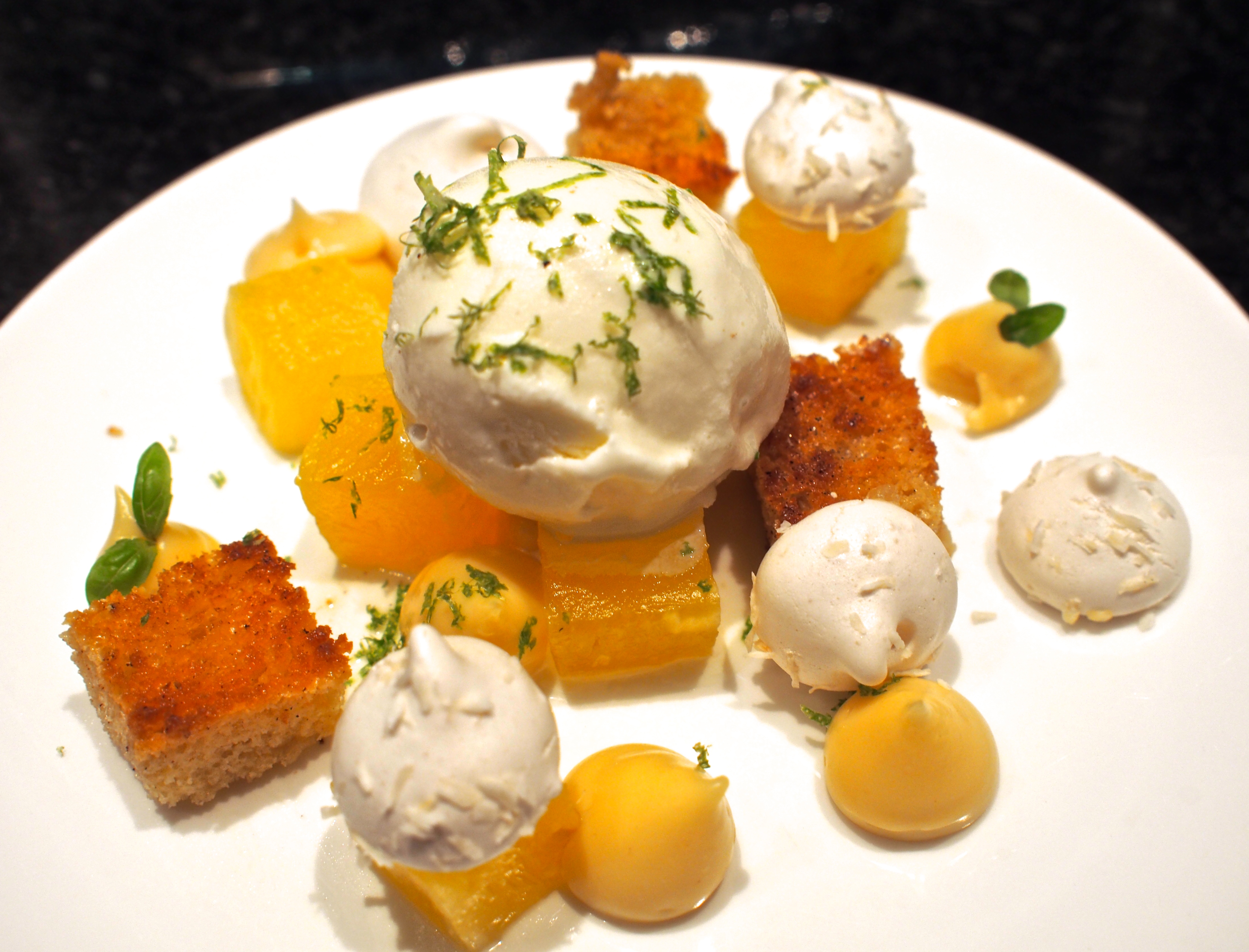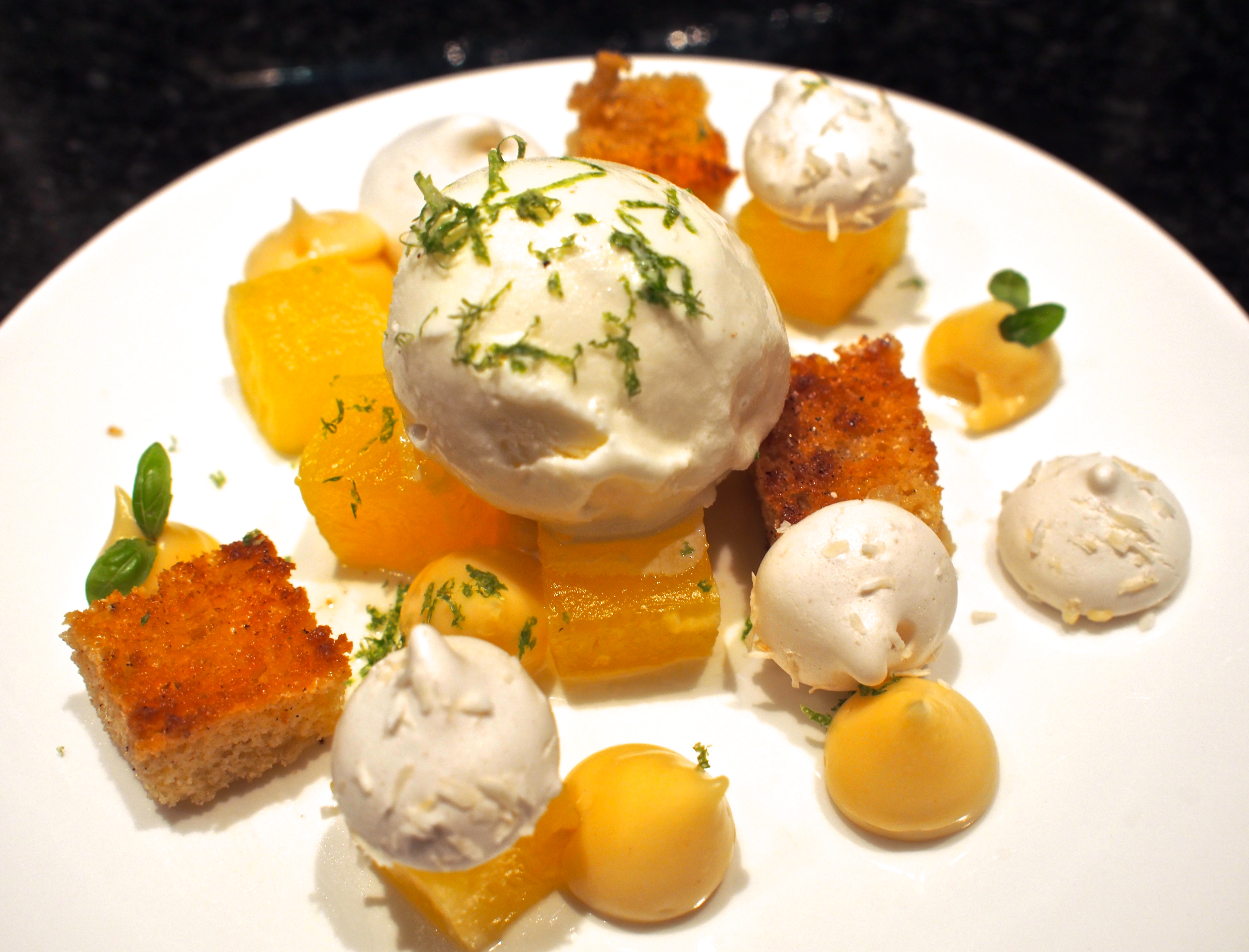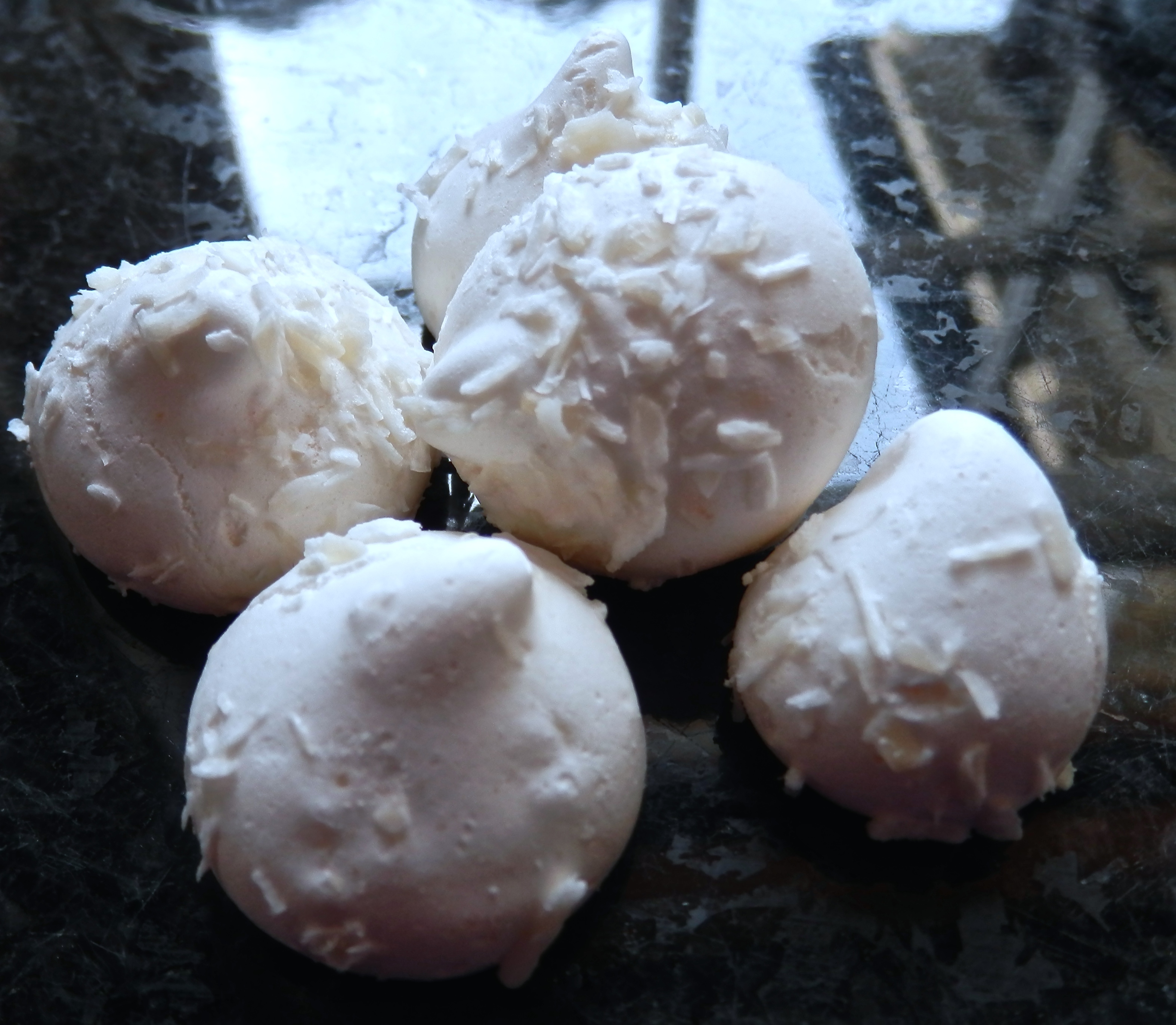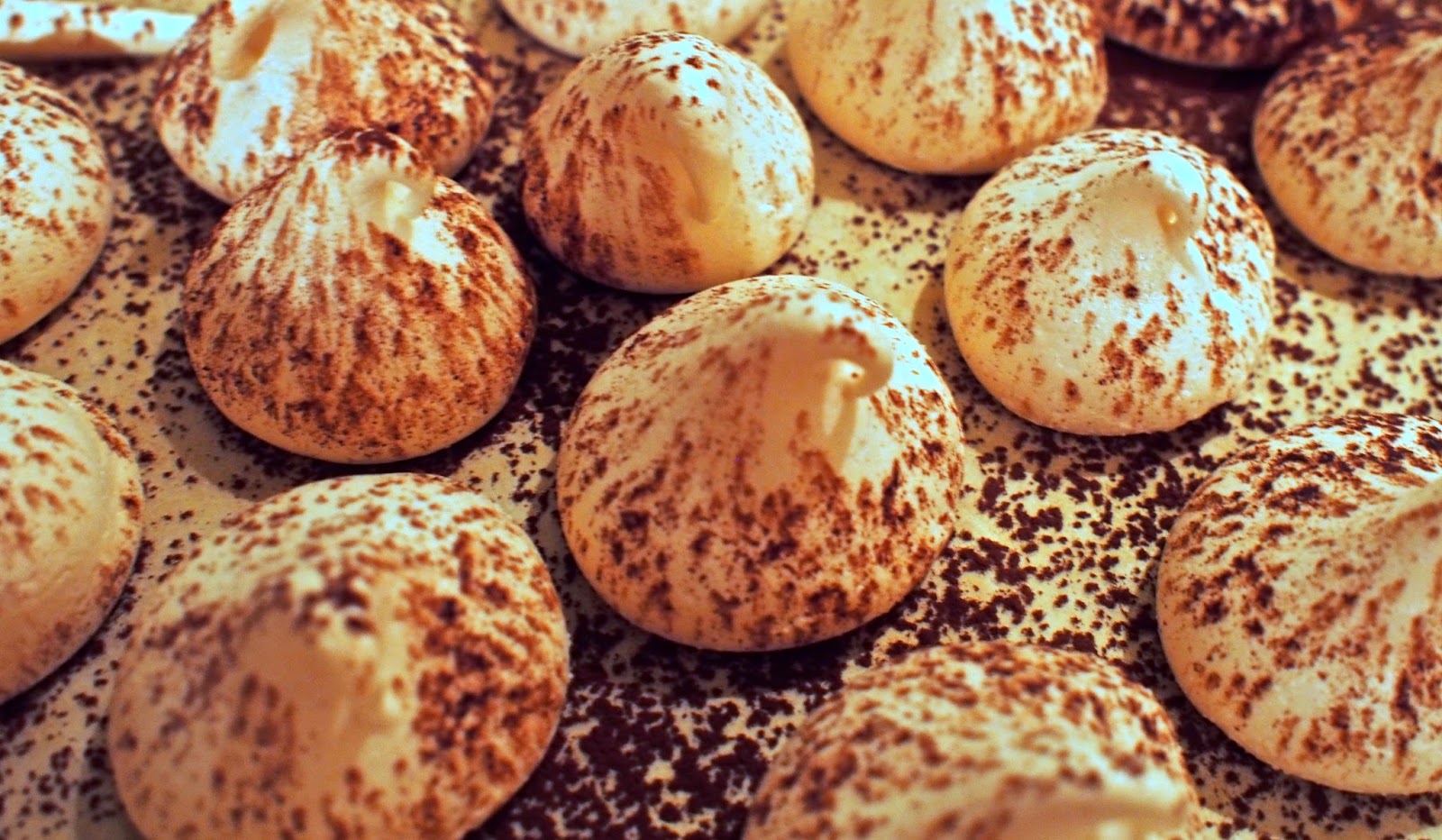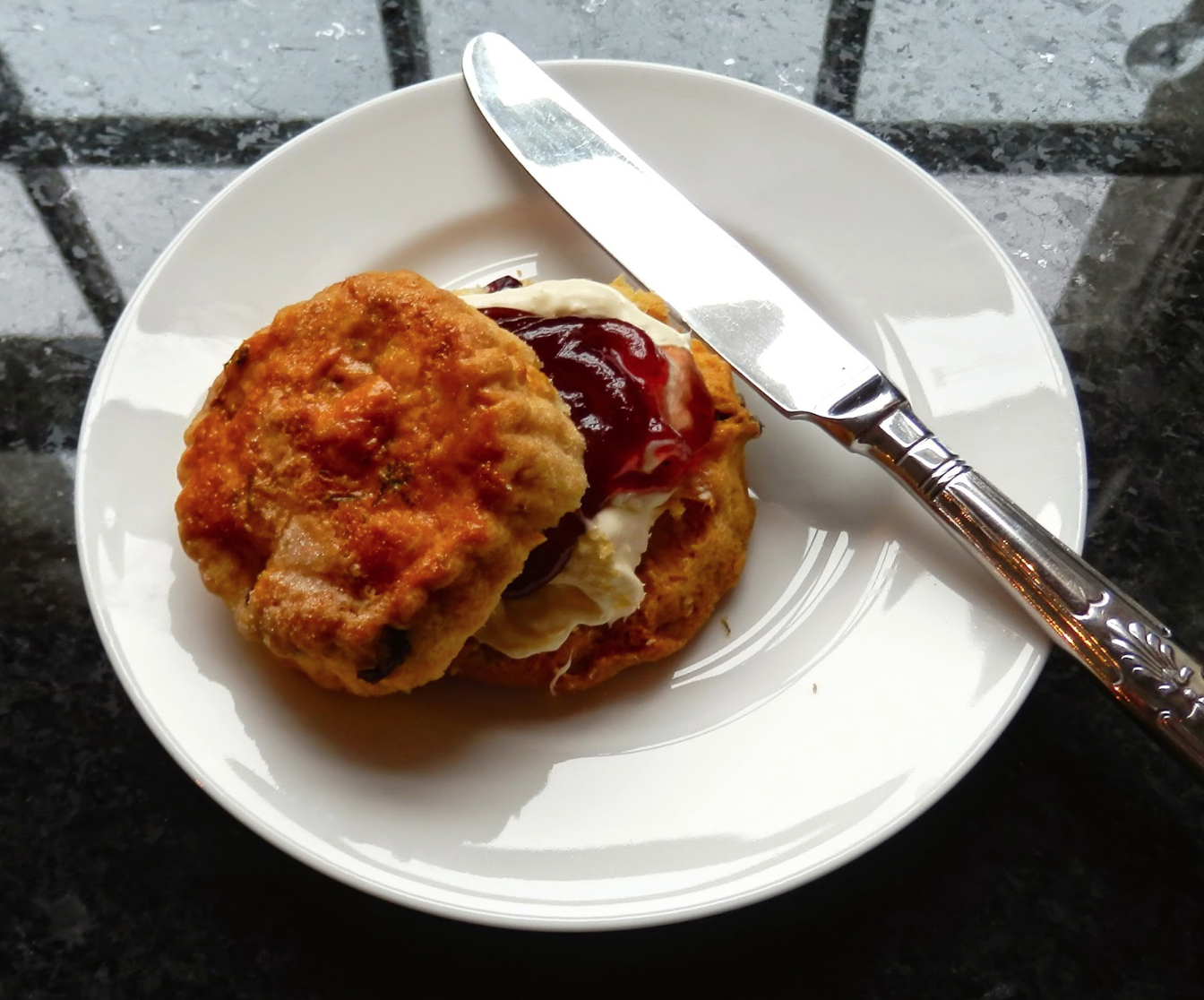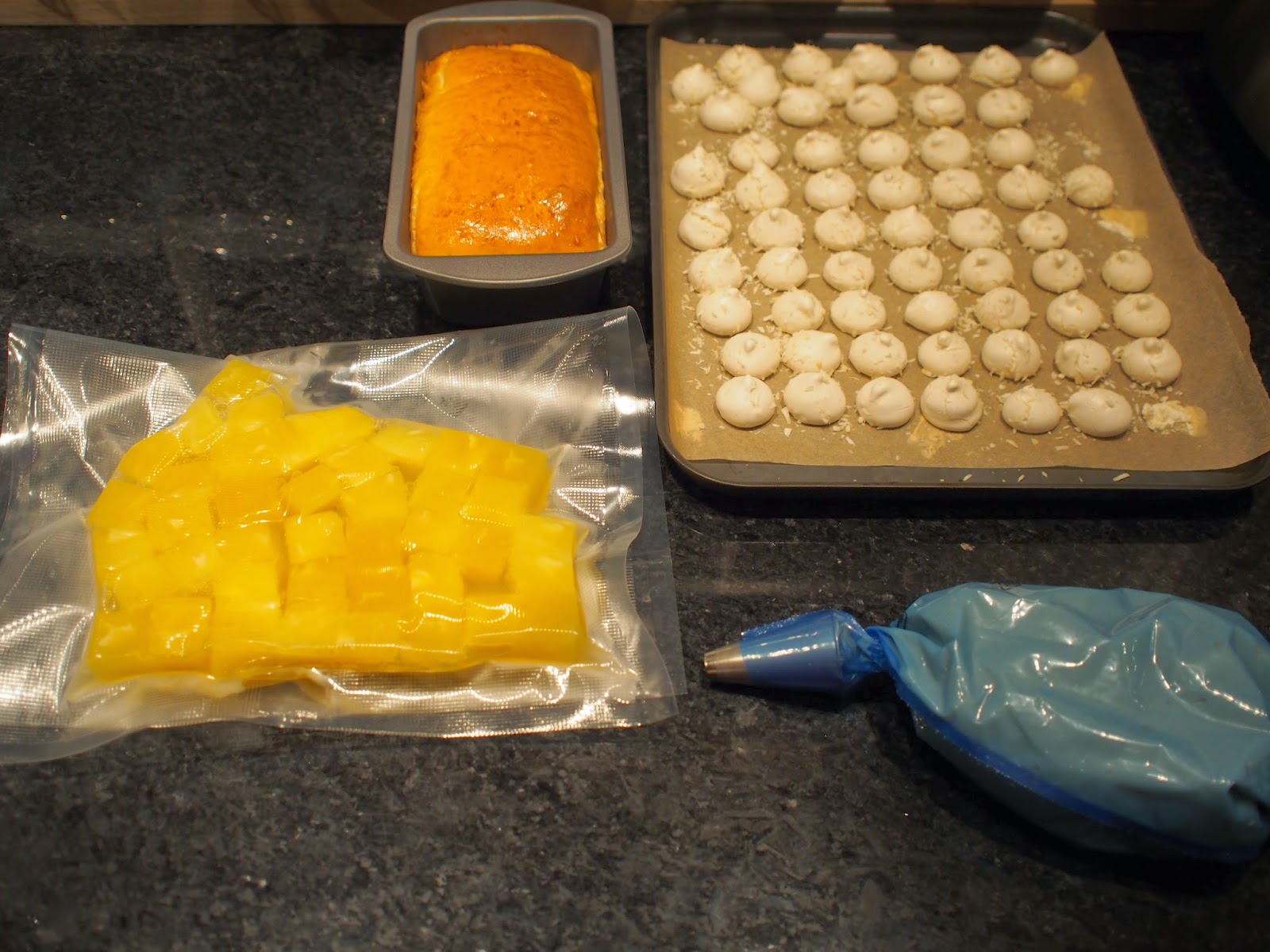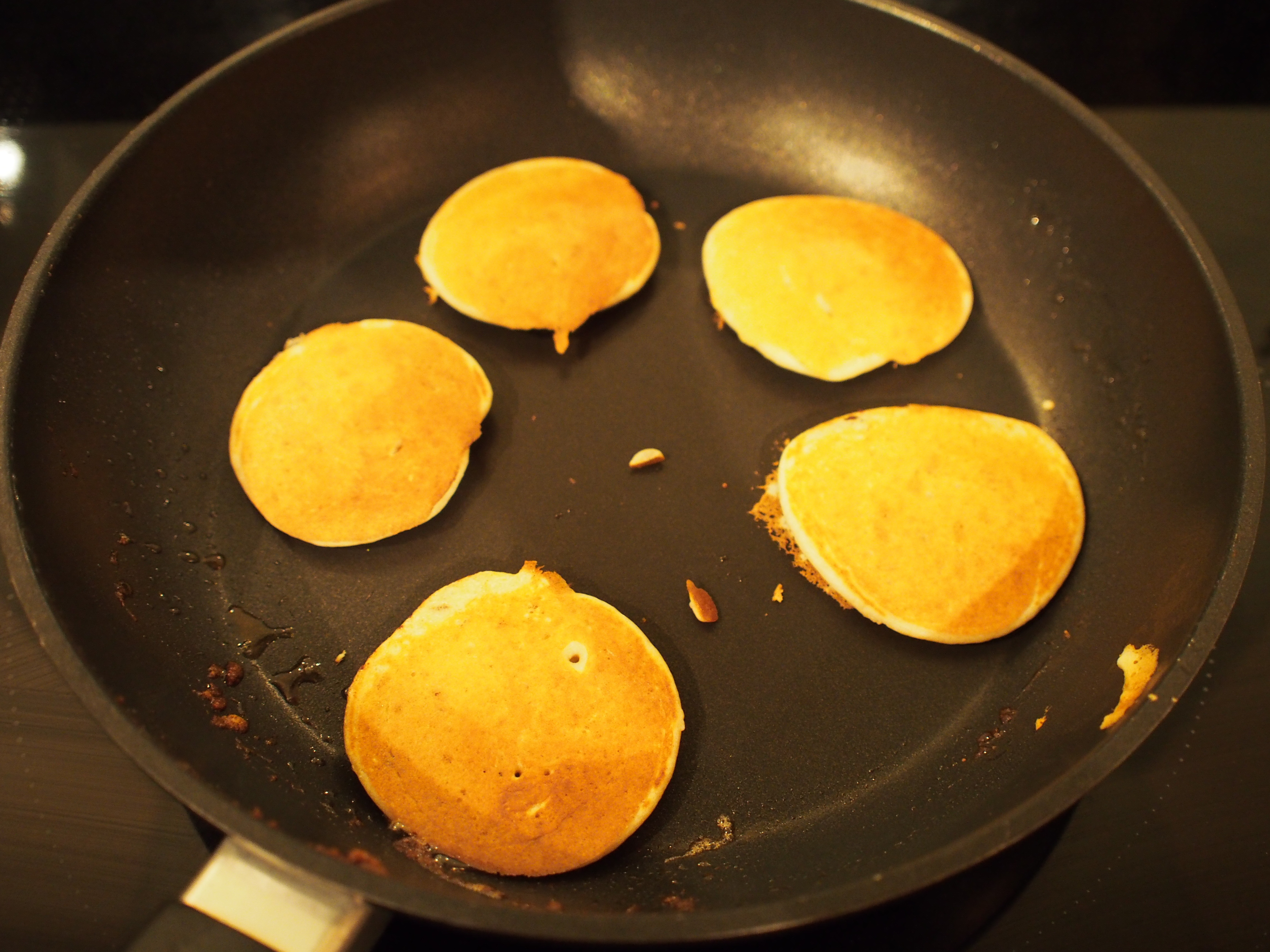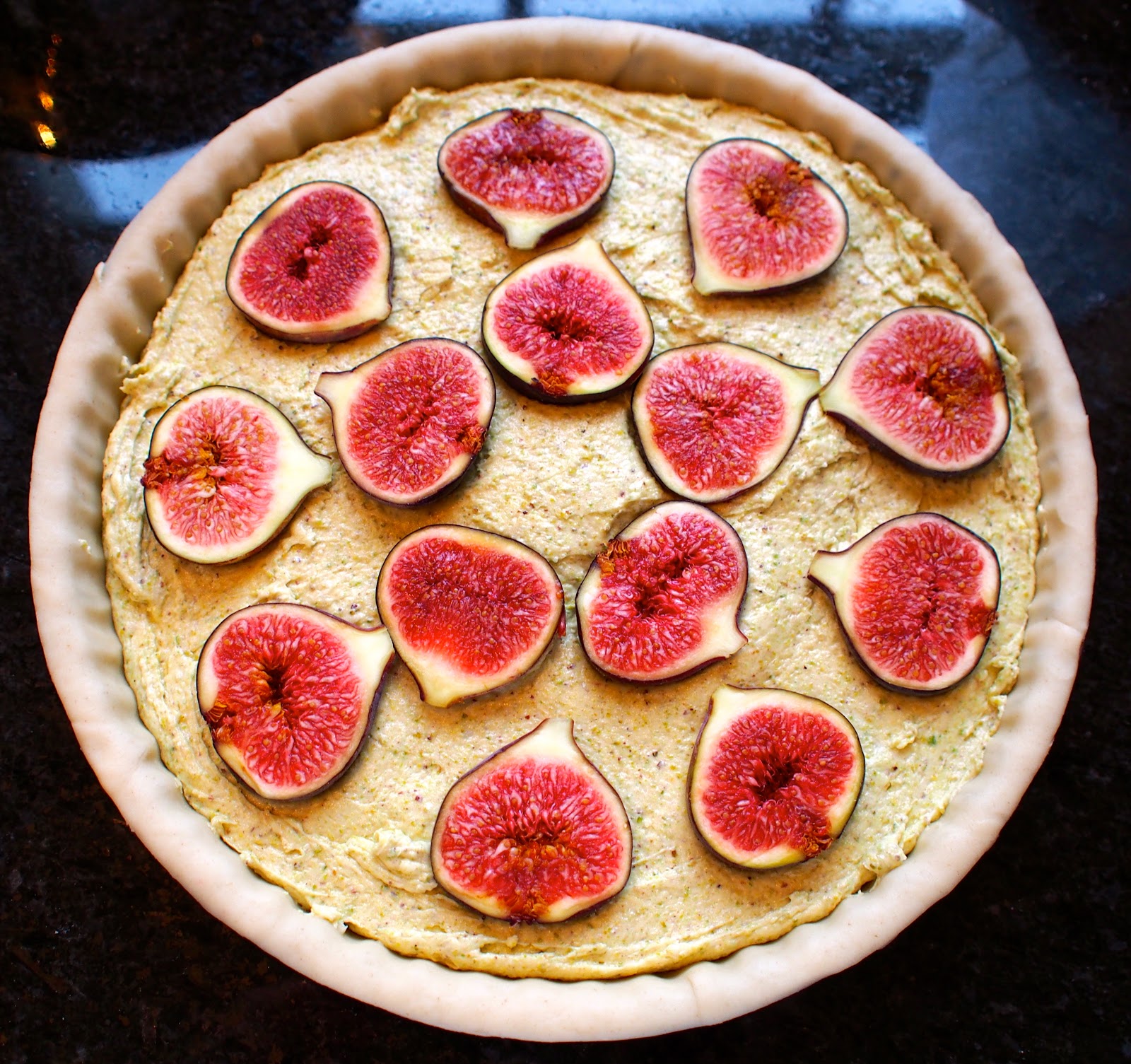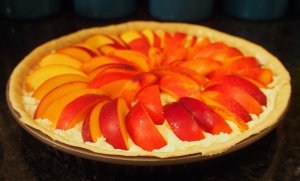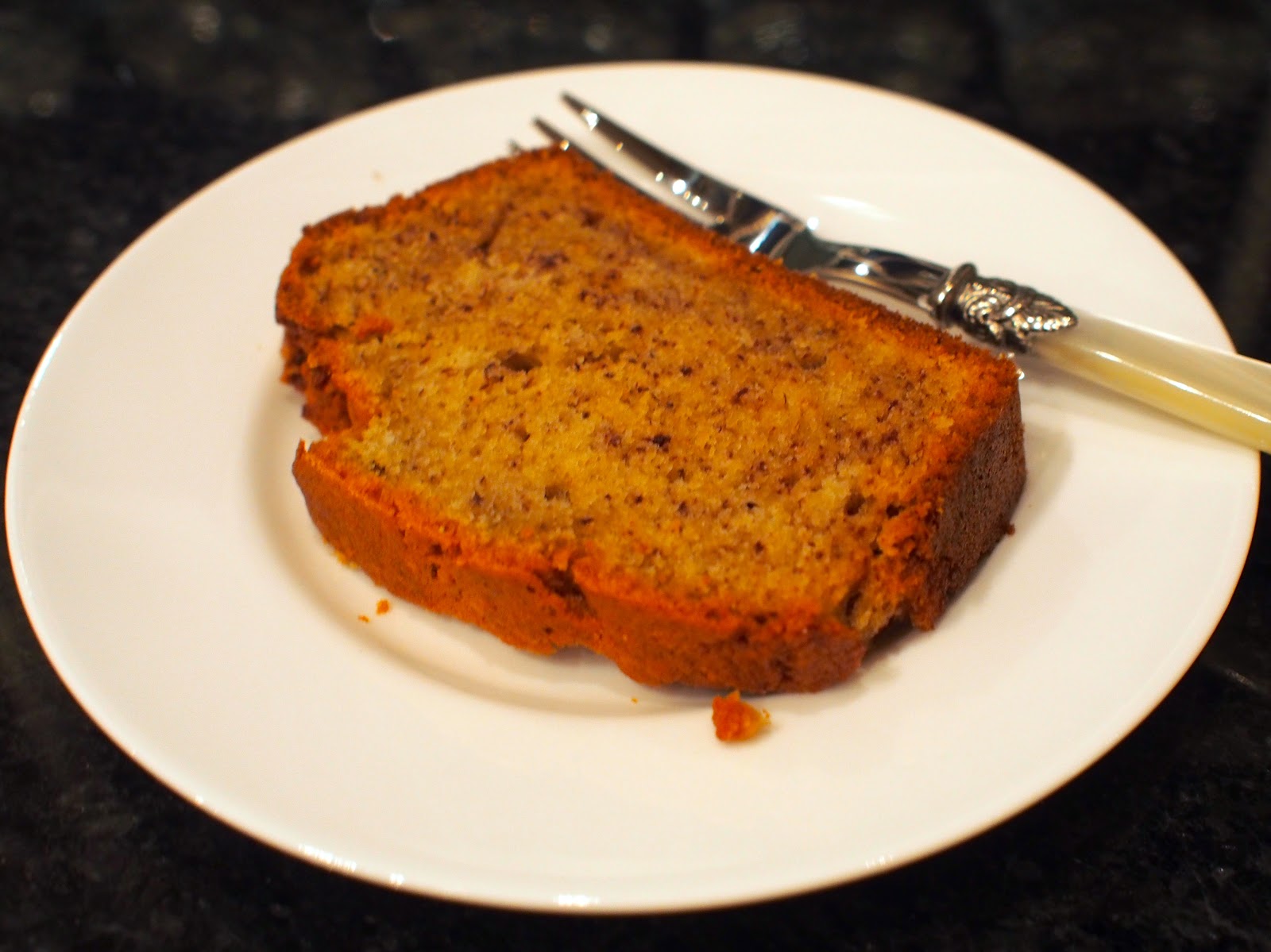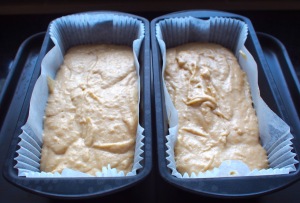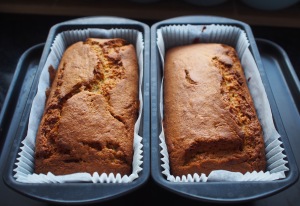Every so often, I think ‘I must make the kids churros for breakfast’, and I very rarely do!! Perhaps with four of them, Saturday is already too chaotic? However today they were all a pre-occupied, so I jumped out of bed, and raced into the kitchen. Inevitably Scarlett followed me, so she helped me make the dough, and find all of the ingredients. I often have flavoured sugars to hand, and we all know that I love my cardamom and pistachio – no surprise then that I keep a stash of that in my cold store! I did also make normal cinnamon and sugar, but honestly, do try it with cardamom – it’s amazing!
This recipe is Nieves Barragán Mohacho’s, and my only comments would be that it’s pretty firm to use in a piping bag – if you have a biscuit press, definitely make sure you use that – I nearly ended up wearing mine!
Ingredients:
Serves 4-6
For the churros:
plain flour 250g
salt 1 pinch
unsalted butter 50g
water 200ml
caster sugar (for dusting the churros) 50g
vegetable oil 300ml
For the chocolate:
dark chocolate (70 % cacao) 150g
double cream 300ml
vanilla pod 1
cinnamon stick 1
whipping cream 100ml
For the pistachio and cardamom sugar:
100g caster sugar
1tsp good ground green cardamom
2 Tbsp good pistachios, ground with the sugar in a spice grinder
Method:
- To make the churros, mix the flour and salt together in a mixing bowl. Heat the butter and water in a pan and bring to the boil. Pour into the flour mixing constantly with a spoon. Mix well and then refrigerate for 30 minutes.
- Meanwhile, grate the chocolate into a bowl. Heat the double cream with the vanilla pod and cinnamon stick and bring to the boil. Remove the vanilla pod and cinnamon stick and remove the cream from the heat, and stir in the grated chocolate until the chocolate has entirely melted. Meanwhile, whisk the whipping cream until firm.
- Heat 300ml of vegetable oil to 160C-180C. Fill the churrera/piping bag with your mix and squeeze just a small amount out to check the flow. Pipe out 15cm lengths of churro mix into the hot oil (these can be piped into spirals or loops for aesthetic purposes), and cook for between 7-10 minutes until golden brown. Remove from the oil and place on absorbent kitchen paper and dust with the caster sugar. Serve piping hot with the chocolate.
- When your churros are ready, divide the chocolate, while still hot, into glasses and dollop a spoon of whipped cream on top. If you have prepared the chocolate in advance and wish to reheat it at the last minute, be careful not to bring to the boil as the mix will curdle.
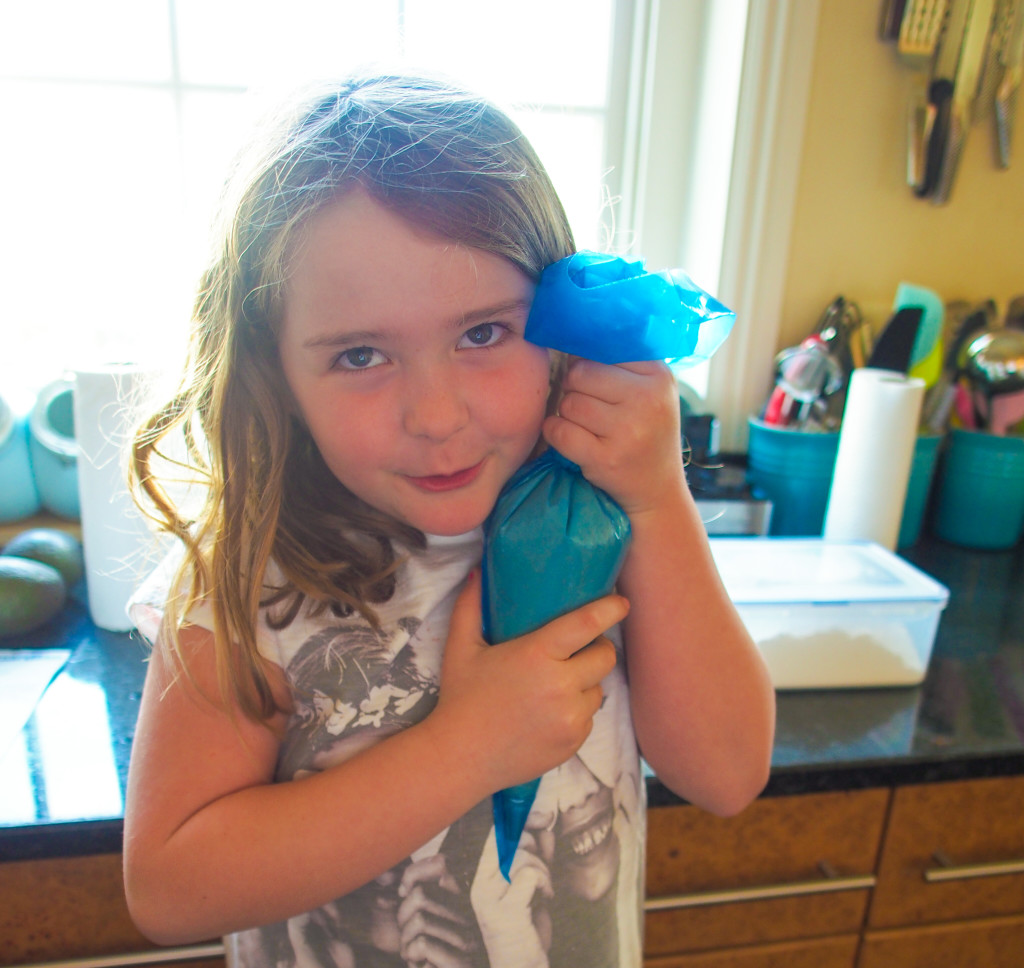
Scarlett hugging the warmed dough!
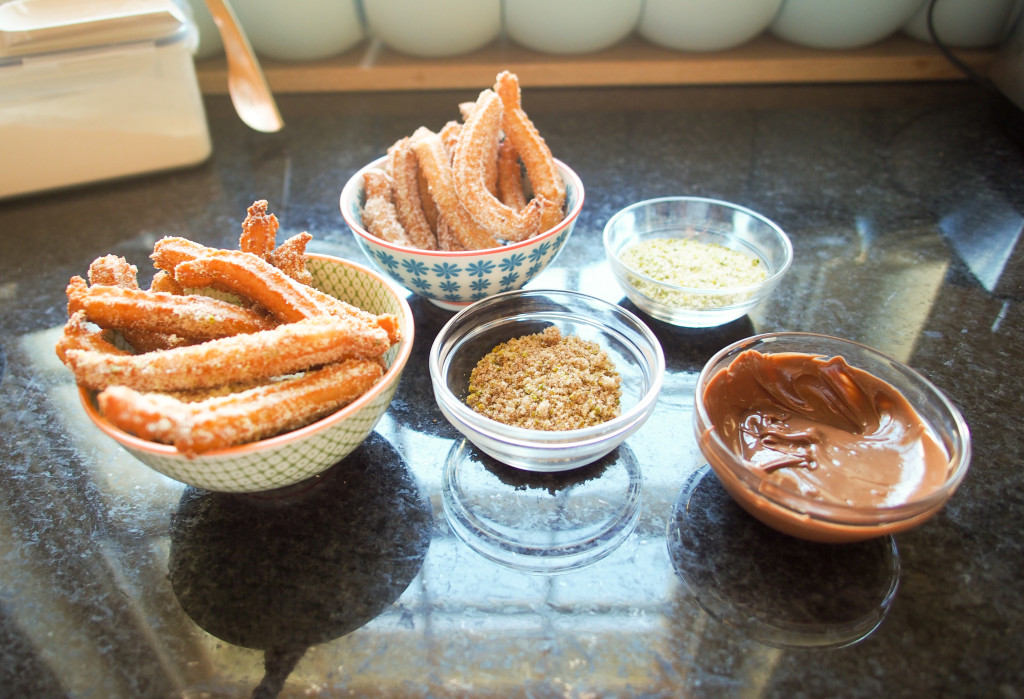
The churros on the left have the cardamom and pistachio sugar, those on the right, the cinnamon sugar
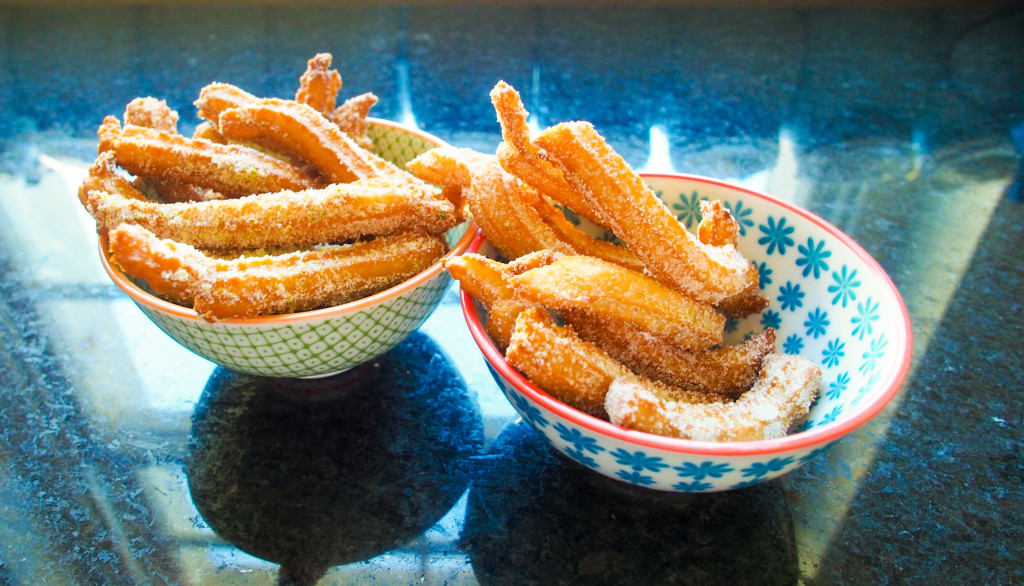
On the left, pistachio and cardamom, on the right, cinnamon
